Balanced Training 101: What It Is and Why It Works
In the world of dog training, there’s no shortage of methods, philosophies, and passionate opinions. One approach that continues to gain popularity—despite controversy and misunderstanding—is balanced dog training. As a professional trainer with years of hands-on experience, I want to break down what balanced training really is, why it works, and how it can help you build a better relationship with your dog.
What Is Balanced Training?
Balanced training is a methodology that uses a combination of positive reinforcement and fair corrections to guide a dog’s behavior. The goal is not to dominate or intimidate a dog, but to communicate clearly what is expected while also setting boundaries. It’s about balance—rewarding desired behavior and addressing unwanted behavior in a way that is humane, consistent, and effective.
Positive reinforcement (treats, praise, toys) is a core component of balanced training. Dogs learn what behaviors do get them what they want. But just as importantly, dogs also learn what behaviors don’t work—or may result in a correction, such as a verbal "no," leash pressure, or the use of a tool like a prong collar or e-collar (used properly and responsibly).
Why Balanced Training Works
Clear Communication
Dogs thrive on clarity. When they understand both what earns rewards and what leads to a correction, they learn faster and with more reliability. Balanced training sets up a full communication system, not just half of one.Real-Life Reliability
In real-life situations, especially outside of the home, distractions and safety risks are everywhere. A dog trained with balanced methods tends to be more reliable in high-distraction environments because they understand that commands are not optional.Customized to the Dog
Every dog is different. Balanced training allows flexibility. Some dogs respond to treats alone, while others need firmer guidance. Balanced trainers adjust tools and techniques to each dog’s temperament, drive, and sensitivity.Builds Respect and Trust
Contrary to critics’ claims, balanced training—when done correctly—is not harsh. It teaches dogs that you’re a consistent, fair leader. This builds a respectful relationship grounded in trust, not fear.
Common Misconceptions
It’s worth addressing a few common myths. Balanced training is not about punishment, dominance, or outdated alpha-theory. It doesn’t mean you’re constantly correcting your dog. In fact, good balanced trainers use far more praise and rewards than corrections. The corrections are there to give clear boundaries—not to intimidate or hurt.
Also, tools like prong collars and e-collars often get a bad reputation. But when used properly, they can be incredibly effective and humane. The key is education and timing, not the tool itself.
Final Thoughts
Balanced training is not for everyone, but for many dogs and their owners, it offers a path to clarity, respect, and harmony. If you’re struggling with obedience issues, reactivity, or just want a well-rounded companion, consider working with a qualified balanced trainer who prioritizes fairness, consistency, and results.
Training is not about control—it’s about communication. When that conversation is clear on both ends of the leash, the results can be life-changing.
